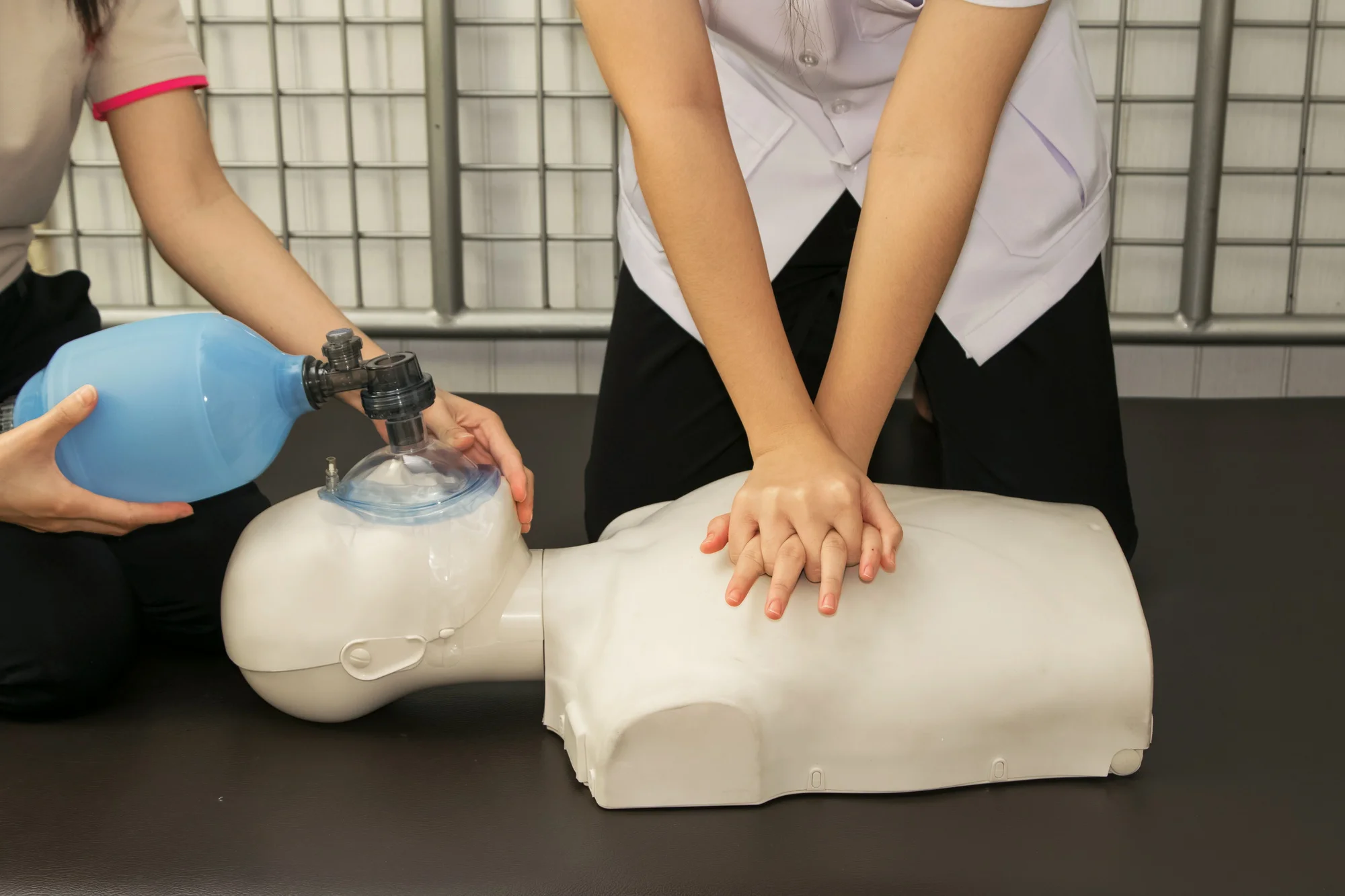In a revolutionary study published in The Journal of Emergency Medicine, researchers from the Icahn School of Medicine at Mount Sinai have discovered that a modified cardiopulmonary resuscitation (CPR) strategy for 2-rescuer teams is viable without compromising the effectiveness of chest compressions during a simulated cardiac arrest scenario (DOI: 10.1016/j.jemermed.2019.03.009).
Cardiopulmonary resuscitation is a lifesaving procedure performed when the heart stops beating. It is imperative that healthcare professionals deliver high-quality chest compressions and ventilations to circulate blood and maintain oxygenation in the body. Traditionally, the 2-rescuer CPR technique involves one rescuer using a 1-handed technique to maintain the mask seal for ventilation, while the other rescuer performs chest compressions. The new study, led by Dr. Christopher W. Root and his team at Mount Sinai, suggests a pivotal change in this method.
The Study
In their study titled “Feasibility of a Modified Strategy for 2-Rescuer Cardiopulmonary Resuscitation,” Dr. Root and colleagues tested whether incorporating a 2-handed mask seal for ventilations in a 2-rescuer CPR scenario would affect the quality of chest compressions. Forty-seven pairs of medical student volunteers were either assigned to an intervention group where one rescuer utilized the 2-handed mask seal and the other performed compressions and subsequently managed the bag-valve-mask (BVM), or to a control group executing standard 2-rescuer CPR.
All participants received a refresher in CPR techniques, and their performances were recorded for data collection and post hoc video analysis. The researchers evaluated several metrics, including compression fraction, time to complete two rounds of CPR, hands-off time, and time for 30 compressions.
Findings and Implications
The study’s key findings indicated no statistically significant differences between the intervention and control groups across all the measured metrics. Compression fraction, a critical measure of CPR quality, stood at 72% (69.5-75.7%) in the intervention group versus 73.2% (69.1-76.1%) in the control group, suggesting that chest compression quality was not negatively influenced by the modified 2-rescuer technique.
These results are groundbreaking, as they confirm that a 2-rescuer CPR method incorporating a 2-handed mask seal is not only feasible but also effective. This discovery could have significant implications for CPR training and real-life emergency responses where maximizing oxygenation while maintaining high-quality compressions is vital.
Potential for Clinical Practice
While further research is necessary to validate the findings in a clinical setting, there is a potential that the modified 2-rescuer CPR technique could become a new standard, with training programs and emergency response protocols updated to incorporate it. Revisions to CPR guidelines may improve patient outcomes by ensuring better airway management without sacrificing chest compression efficacy.
Expert Insights
According to Dr. Sameer Lakha of the Department of Anesthesiology, Perioperative and Pain Medicine at Icahn School of Medicine, who was a part of the research team: “Our study demonstrates that a dual-handed approach to airway management in 2-rescuer CPR is practical and does not impede the critical component of chest compressions. This approach has the potential to improve the overall quality of CPR provided by healthcare professionals.”
Future Research
The team at the Icahn School of Medicine aims to explore the applicability of the modified technique in various real-world scenarios, including in-hospital cardiac arrests and pre-hospital emergency care settings. Additional studies could also investigate the outcomes when the technique is applied by professional rescuers versus laypersons.
Conclusions
The study by Dr. Root and his colleagues opens new avenues in the optimization of CPR techniques for better patient care. Their research contributes to the evolving science of resuscitation, with the possibility of enhanced survival rates following cardiac arrests.
References
1. Root, C. W., Deutsch, B. C., Lakha, S., Shah, A., Lin, H. M., & Hyman, J. B. (2019). Feasibility of a Modified Strategy for 2-Rescuer Cardiopulmonary Resuscitation. The Journal of Emergency Medicine, 57(1), 51-58. doi:10.1016/j.jemermed.2019.03.009
2. Kleinman, M. E., Brennan, E. E., Goldberger, Z. D., Swor, R. A., Terry, M., Bobrow, B. J., … & Rea, T. (2015). Part 5: Adult Basic Life Support and Cardiopulmonary Resuscitation Quality. Circulation, 132(suppl 2), S414-S435.
3. Bhanji, F., Donoghue, A. J., Wolff, M. S., Flores, G. E., Halamek, L. P., Berman, J. M., … & Cheng, A. (2015). Part 14: Education. Circulation, 132(suppl 2), S561-S573.
4. Perkins, G. D., Handley, A. J., Koster, R. W., Castrén, M., Smyth, M. A., Olasveengen, T., … & Raffay, V. I. (2015). European Resuscitation Council Guidelines for Resuscitation 2015: Section 2. Adult basic life support and automated external defibrillation. Resuscitation, 95, 81-99.
5. Sayre, M. R., Berg, R. A., Cave, D. M., Page, R. L., Potts, J., & White, R. D. (2008). Hands-only (compression-only) cardiopulmonary resuscitation: A call to action for bystander response to adults who experience out-of-hospital sudden cardiac arrest. Circulation, 117(16), 2162-2167.
Keywords
1. Cardiopulmonary Resuscitation (CPR)
2. Emergency Medicine
3. CPR Technique
4. Airway Management
5. Resuscitation Research
By capturing the essence of this pivotal study through a compelling news article, the focus remains on informing healthcare professionals and the general public about advancements in CPR techniques and their potential to save lives. With appropriate SEO keywords, this content has the potential to reach a broad audience, promoting awareness and education on this critical emergency procedure.
